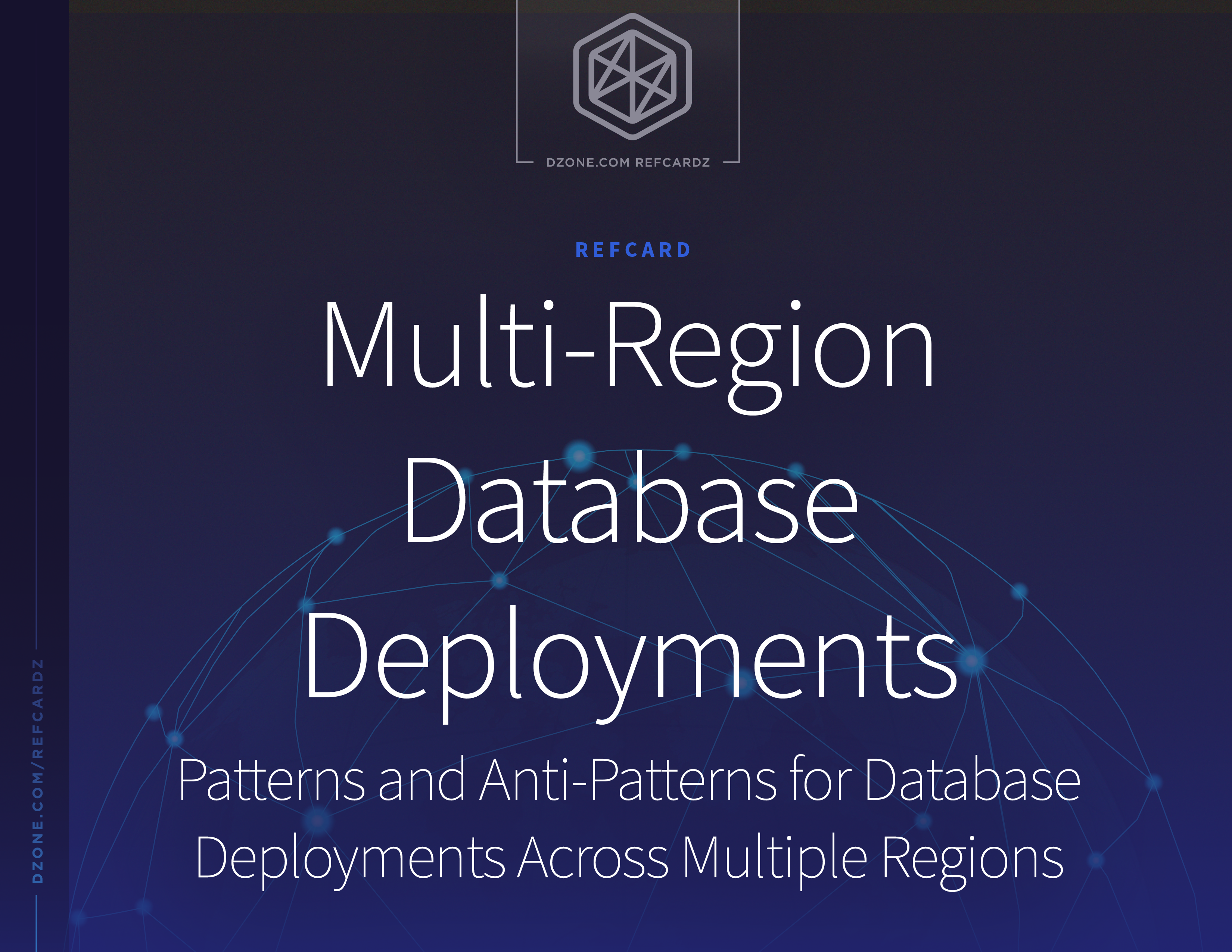Introduction
Deployed in the cloud, our modern applications and services demand an always-on, low latency experience for users no matter where they are on the planet. Whether you’re building a startup from the ground up or you are a member of a massive Fortune 500 development organization, these demands are typically the same.
To meet these requirements, many deploy multiple instances of their applications and services across multiple cloud regions. Some will deploy a database and synchronize it across multiple regions so that they can survive a regional outage as well. It’s not enough. This legacy approach leaves room for downtime and even worse, inconsistencies in data.
Deployment of an active-active database with multi-region capabilities that can be applied down to the table and row level of your data will allow you to not only survive a region failure without downtime, but also ensure consistent and low latency access to data no matter where you do business.
This is a preview of the Multi-Region Database Deployments Refcard. To read the entire Refcard, please download the PDF from the link above.

